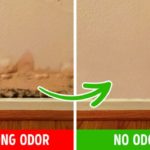Blenders are an essential appliance in any kitchen. However, these versatile machines can sometimes encounter issues with not blending, causing delays in your cooking process. Let’s explore how to address this problem in the article below.
1 Reasons and Solutions for a Non-Blending Blender
Common reasons for a blender not blending and how to fix them:
Electrical Issues
- Reason: The blender may not be blending due to an electrical short in its relay.
- Solution: Check the power cord and plug to ensure they are functioning properly. Then, remove the relay to inspect for any signs of electrical damage, and replace it if necessary.

Overloaded Motor
Reason: The blender may become jammed and overloaded if too much material is added at once.
Solution:
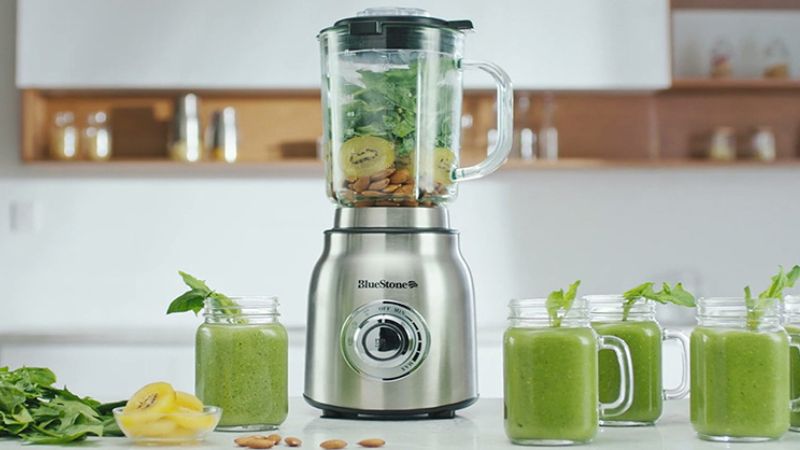 Overloaded Motor
Overloaded Motor
Improper Assembly of the Jar
- Reason: Incorrect assembly of the jar and blender can cause misalignment and gaps.
- Solution: Inspect the entire blender and ensure the jar and machine are assembled correctly.
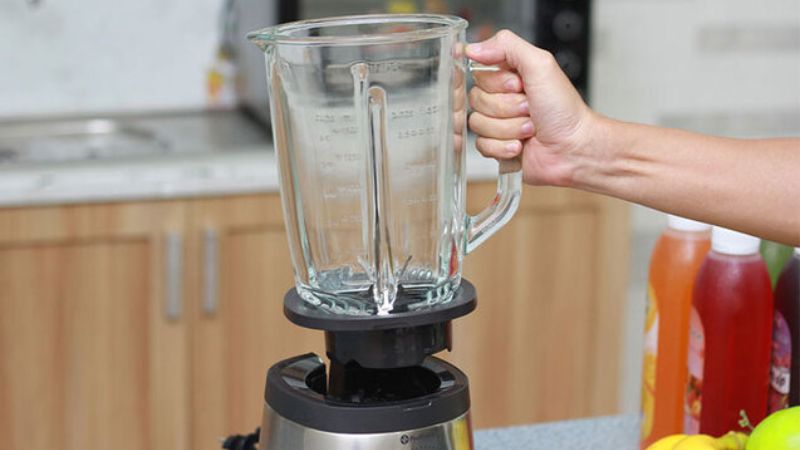 Improper Assembly of the Jar
Improper Assembly of the Jar
Loose Blades or Rotating Shaft
- Reason: Loose or improperly assembled blades and rotating shafts can cause the blender to malfunction.
- Solution: Inspect and tighten the rotating shaft and blades. Ensure that no food or other substances are caught during reassembly.
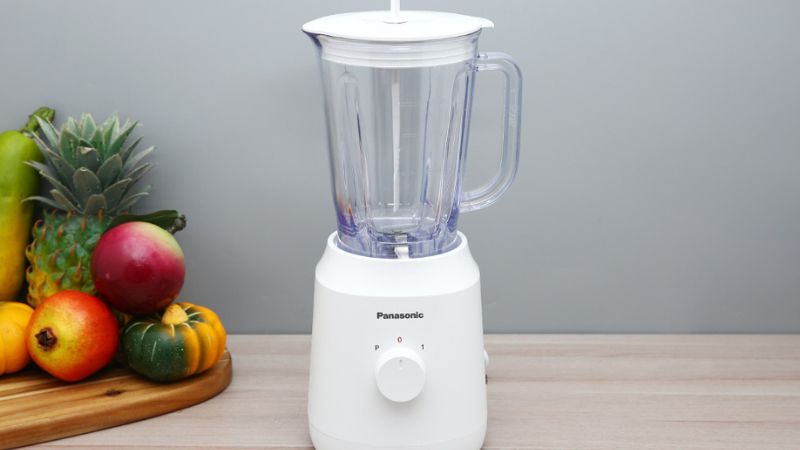 Loose Blades or Rotating Shaft
Loose Blades or Rotating Shaft
Faulty Switches or Sensors
- Reason: Malfunctioning switches or sensors can prevent the blender from operating.
- Solution: Inspect the switches and sensors for any signs of damage. If they appear faulty, seek assistance from professional repair services.
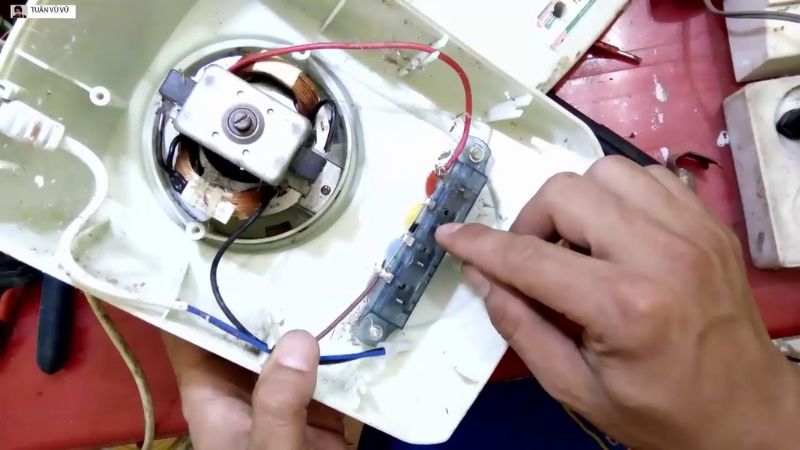 Faulty Switches or Sensors
Faulty Switches or Sensors
Important safety precautions during blender repairs:
- Always ensure the power is disconnected during repairs for safety.
- For technical issues beyond your expertise, consult professional repair services. Avoid attempting repairs at home, as it may void the warranty or cause further damage.
2 Important Usage Tips for Blenders
Some important considerations when using a blender:
- Read the user manual thoroughly before using the blender.
- Add an appropriate amount of ingredients according to the blender’s capacity. Overloading the blender can cause it to stop functioning.
- Never open the lid while the blender is operating to avoid potential hazards.
- Ensure the blender and jar are assembled correctly before use.
- Unplug the blender immediately if it becomes jammed.
- Do not use third-party tools or accessories with the blender.
- Avoid using ingredients with temperatures above 60 degrees Celsius.
- Disconnect the power before cleaning the blender.
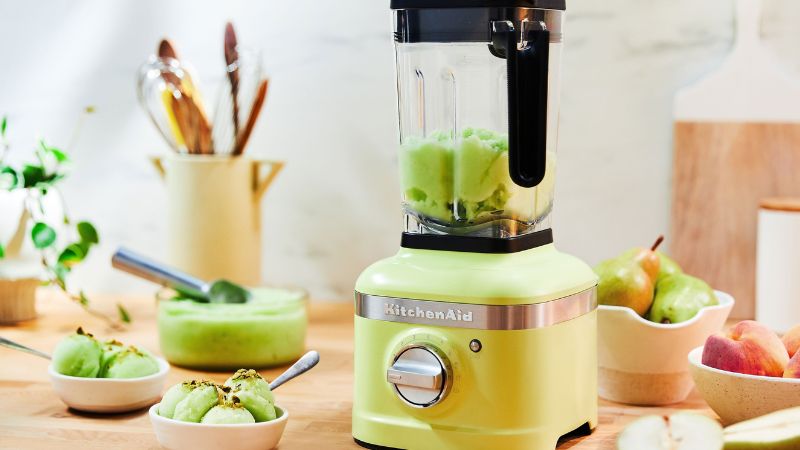
These are some troubleshooting tips for a non-functioning blender. Keep them in mind and find suitable solutions when your blender encounters similar issues.

























